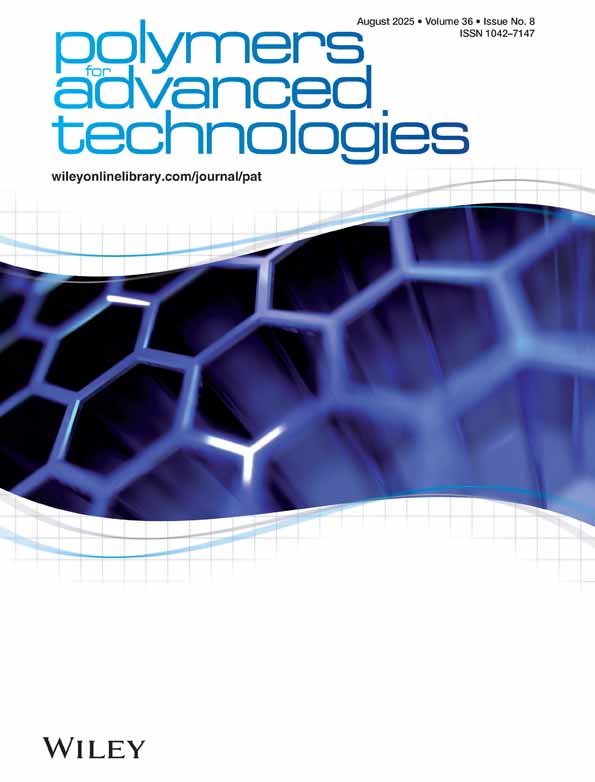Poly(1,4-phenylene-1,2-diphenylvinylene) and tris(8-quinolinolato)aluminum bilayer light-emitting diodes
Abstract
A bilayer polymer light-emitting diode has been demonstrated. This bilayer structure is composed of two different materials with nearly identical luminescent spectra, but different band positions. The band structure of one material, poly(1,4-phenylene-1,2-diphenylvinylene), favors hold injection, while the band structure of the other material, tris-(8-quinolinolato)aluminum, favors electron injection. Therefore in this device structure, a heterojunction forms at the bilayer interface. Charges injected from the anode and cathode accumulated at this interface and subsequently radiative recombine. Compared with the single-layer devices made from each of these two materials, the device performance of this bilayer LED is significantly improved owing to this carrier localization. Device quantum efficiency is enhanced by a factor of 20 to reach ⪅1% photons/electron. Unlike some other bilayer systems, there is no color shift of this bilayer structure, because the luminescent spectra are the same for both materials. © 1997 John Wiley & Sons, Ltd.




